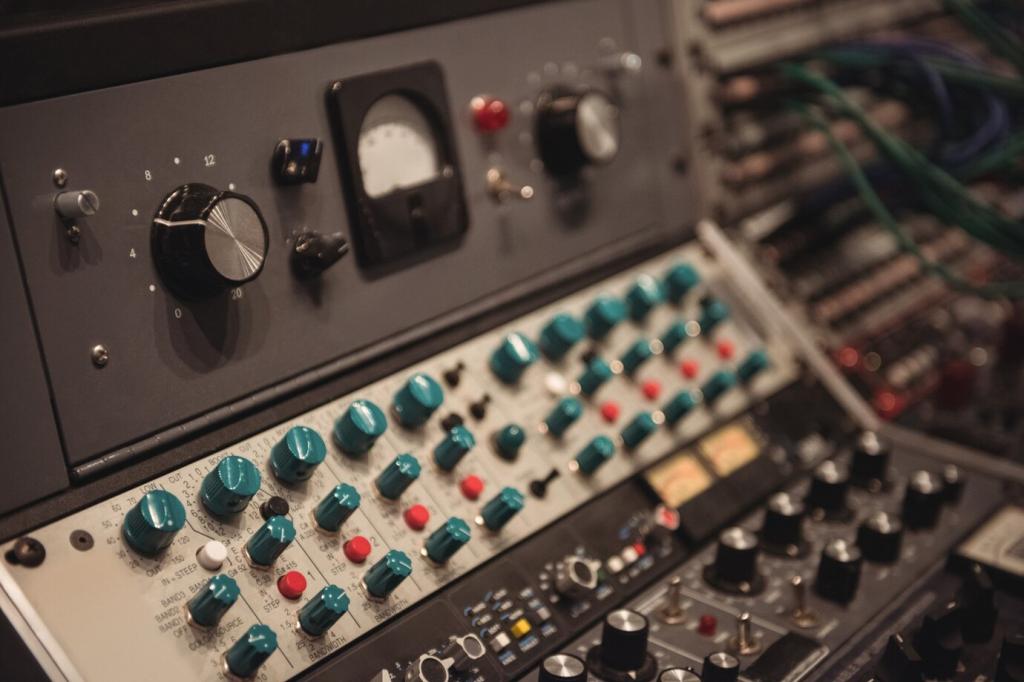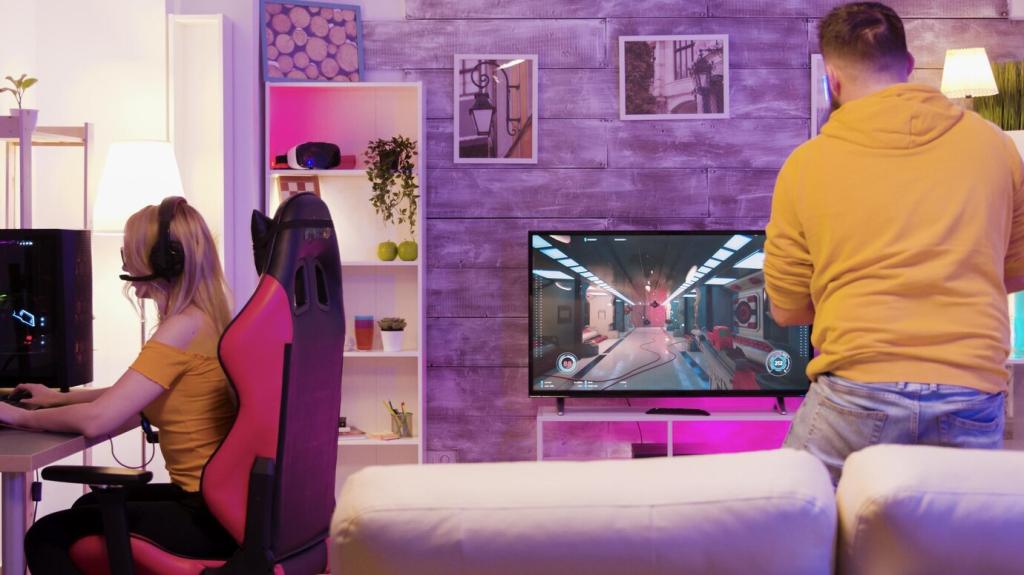Measure Before You Treat: Simple Tests That Reveal Everything
Clap in the middle of your room and listen for flutter echoes or metallic ringing. Note where the sound feels harshest. Trust your ears, but write observations down. Post your notes and we’ll help interpret what they might indicate for panel placement.
Measure Before You Treat: Simple Tests That Reveal Everything
Room EQ Wizard with a calibrated USB mic reveals frequency peaks, nulls, and decay times. Focus on bass waterfalls and RT60. Even basic sweeps inform panel thickness. Ask if you need a starter measurement guide; we’ll send a friendly checklist.





